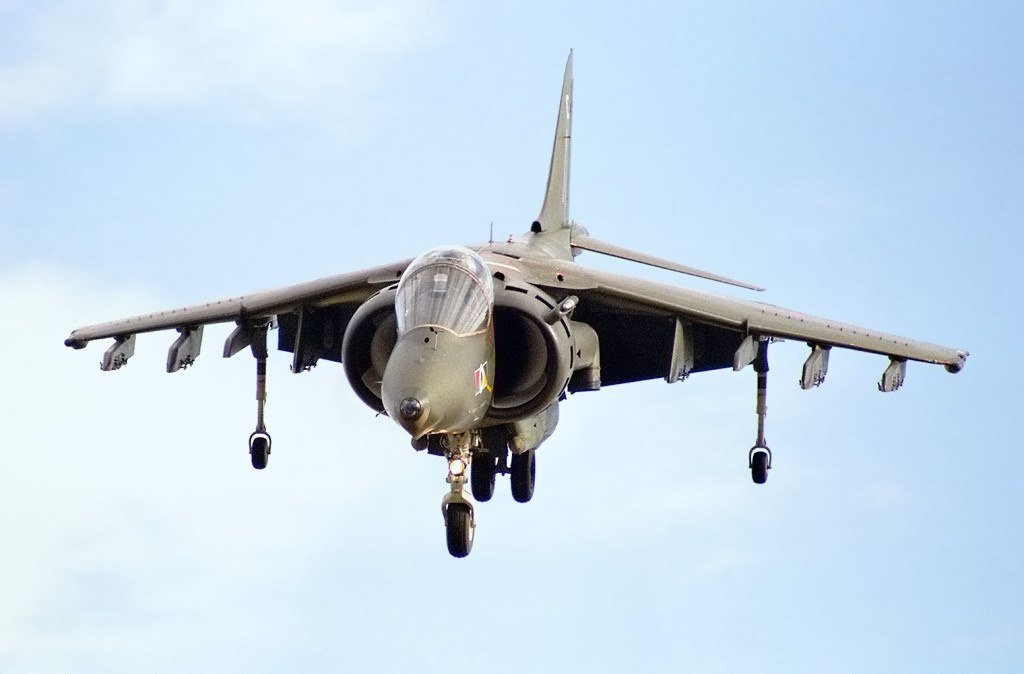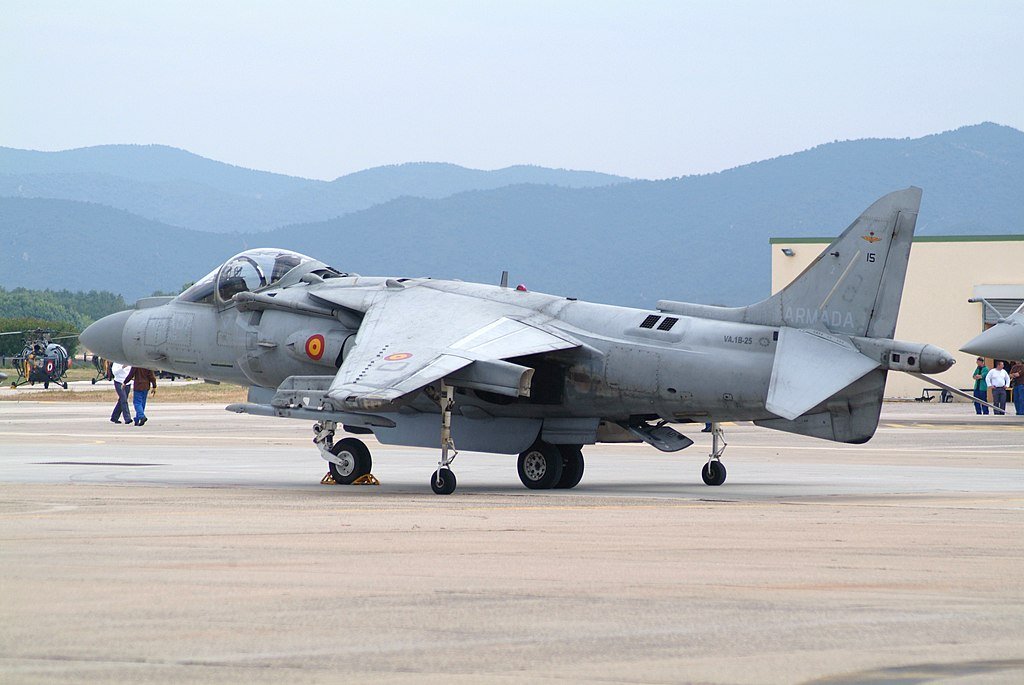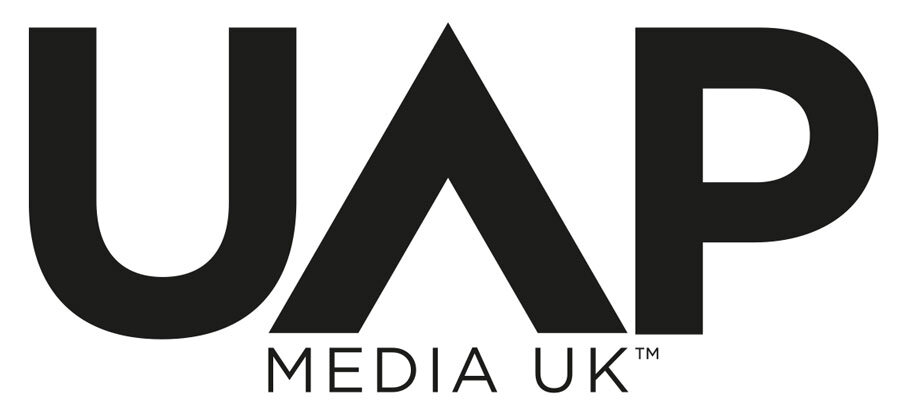The CALVINE INCIDENT: UPDATE
DURING THE UAPMEDIA UK get-together in London at the end of October 2021, three members of the group including yours truly visited The National Archives in Kew Gardens with the intention of looking through files for various UFO/UAP-related details which have, so far, not yet been released as digital downloads. One of my own targets was to look through Royal Air Force records around the date of the so-called “Calvine Incident”, 4th August 1990.
I do not intend to re-tell the story of this event here, but further information can be obtained by looking here and here. One of the mysteries connected with the case involves the Harrier jet or jets which were identified in the background of the images captured by one of the two alleged witnesses. It has always been unclear as to whether the aircraft were RAF machines on exercise (either together with the strange diamond-shaped craft or a coincidental fly-by) or belonged to another nation. Such countries at that time would only have been America and Spain, which operated the AV-8B/EAV-8B version of the Harrier.
Among records held by The National Archives are the entire collection of Operations Record Books (ORBs) for each RAF squadron. Whilst the World War Two files have been digitised and can be easily obtained by members of the public from the comfort of their own home, post-war information may only be gained by physically visiting the archives (and requesting the exact file references in advance). This done, it was a small matter of looking through the three separate documents that covered No.1, No.3 and No.4 Squadron for August 1990.
I shall briefly summarise the events listed for the three squadrons at the beginning of August 1990, starting with No.1 (Fighter) Squadron, which at the time was based at RAF Wittering and operated the Harrier GR.5, which for our purposes was essentially the same as the US Marine Corps AV-8B and Spanish Navy EAV-8B.



During Wednesday 1st and Thursday 2nd August 1990, No.1 (F) Sqdn flew a total of seven sorties, concluding their role in Exercise Mallet Blow 2/90, which saw the jets operating over the Spadeadam Electronic Warfare & Training Range (EWTR, in Cumbria, near the Northumberland border), plus mock raids over the nearby Otterburn Training Area in Northumberland. Introduced in 1980, Mallet Blow sometimes involved up to four separate exercises per year, with anywhere between 40 and 130 missions being conducted, each event seeing plenty of low-level activity over northern England and specifically the two locations listed above. In addition to RAF aircraft, machines from most of the NATO nations were involved at some point or other and the author has fond memories of watching some of the activity back then. The Harriers also worked with Combat Air Patrols flown by RAF Tornado F.3 interceptor jets. Once Mallet Blow 2/90 concluded on Thursday 3rd August, no further training flights were conducted until Tuesday 7th when two jets were sent to carry out missions over Salisbury Plain in conjunction with the Army. Three pilots flew out to Bardufoss in Norway on Thursday 2nd, returning on Sunday 5th. There is nothing in the squadron’s ORB to suggest any aircraft were flying on Saturday 4th August 1990.
Turning to No.3 (F) Sqdn, which was at the time based at RAF Gütersloh in West Germany (which was yet to be reunified at that stage), it appears to be a similar story. Whilst many pilots were on leave during the month, aircraft were tasked with using the UK’s Low Fly System and flying sorties over the Spadeadam EWTR. In order to achieve this, Harrier GR.5s were forward deployed to both RAF Linton-on-Ouse in North Yorkshire and RAF Waddington in Lincolnshire. However, whilst no dates are given for these flights, mention that all of the squadron’s machines were grounded at one point or another over the first two weeks of the month is, due to various different types of airframe inspections that needed to be urgently carried out. The squadron had fourteen Harrier GR.5s on strength, of which twelve were operational subject to the aforementioned problems.
The relevant ORB for No.4 (Army Co-Operation) Sqdn, which was also based at Gütersloh in August 1990, tells a similar tale too. The squadron operated the older (and smaller) Harrier GR.3 at the time. No operations were flown that month and the unit was “lightly committed” in support of two small Forward Air Control (FAC) exercises towards the end of August. Like No.3 Sqdn, many pilots took the opportunity to take leave over this period which left lower than normal numbers available and therefore participation in exercises was limited. However, three GR.3s were detached to RAF Chivenor in North Devon at the start of the month for three low level sorties over Wales, the pilots staying overnight as it was a two-day long deployment. It is unlikely that these aircraft ventured into Scotland. Several aircrew were also away on GR.5 conversion courses, and five of the unit’s GR.3s were transferred into storage in the UK. As with No.3 Sqdn, No.4 also saw a reduced amount of available machines due to grounded airframes and other problems.
Looking at the official records from three RAF squadrons that operated Harriers during the timeframe of the “Calvine Incident”, it seems as though nothing of note occurred on the Saturday in question. Of course, many would reply along the lines of “well, they would say that, wouldn’t they?” It is possible that Harriers belonging to the Strike Attack Operational Evaluation Unit at Boscombe Down, Wiltshire, may have been involved instead of a front-line unit, therefore the SAOEU records – if such a thing exists, will also need to be checked. Of course, if the Harriers were AV-8Bs and belonged to the US Marine Corps, then that’s a completely different ball game…
Which unit the Harrier(s) in the Calvine photographs were from therefore remains a mystery, although at least it is reasonable to suggest that they did not belong to one of the three active-duty squadrons mentioned above. Whilst no information was found that provided a “smoking gun”, as a researcher, it is always useful to draw a blank as it narrows down the list of potential suspects.
Sources (available for viewing at The National Archives, Kew Gardens, London):
AIR 27/3950 – ORB, No.1 (F) Squadron, 1st January 1989-31st December 1990
AIR 27/3984 - ORB, No.3 (F) Squadron, 1st January 1989-31st December 1990
AIR 27/3991 - ORB, No.4 (AC) Squadron, 1st January 1989-31st December 1990

